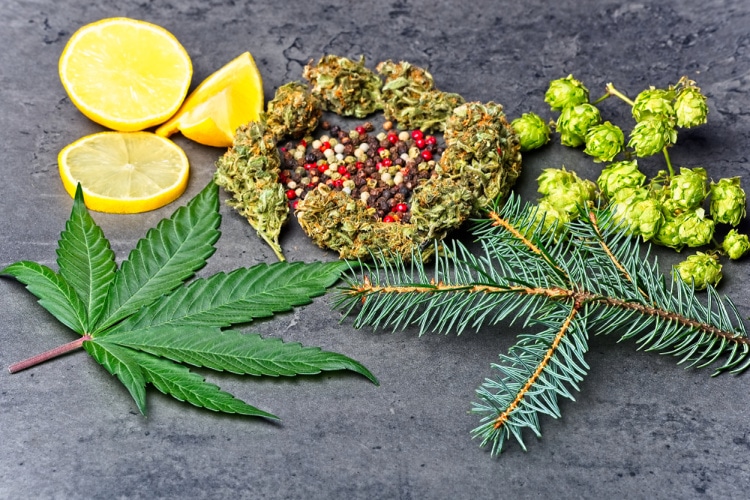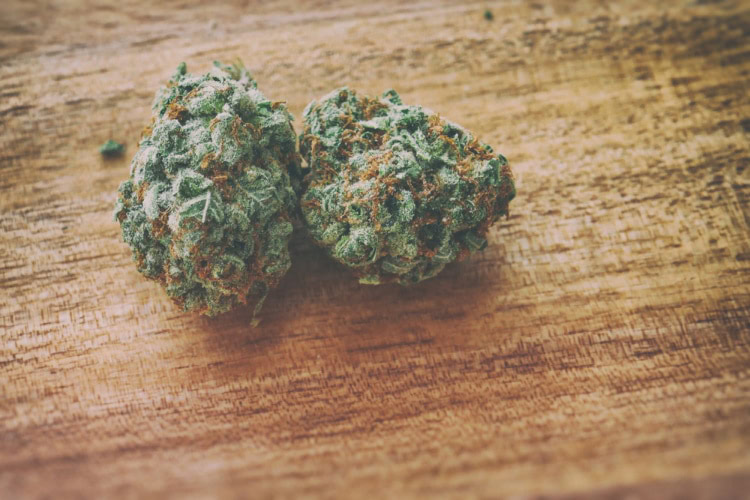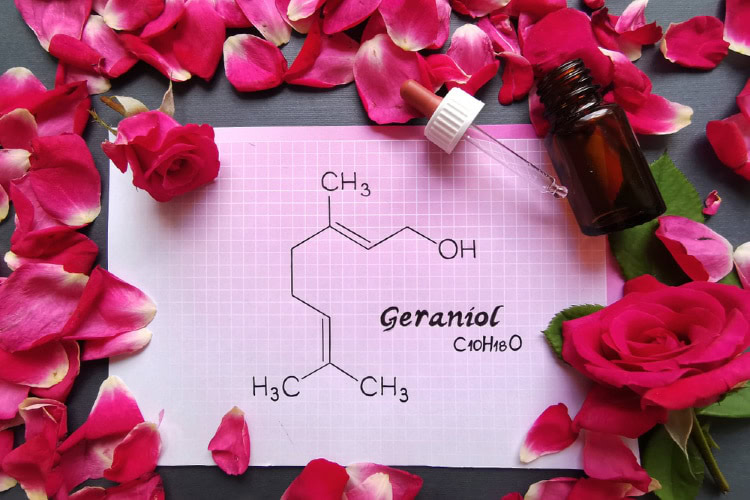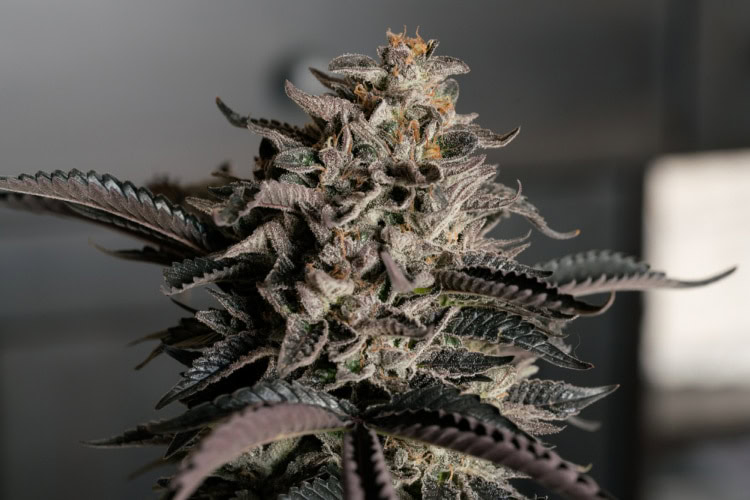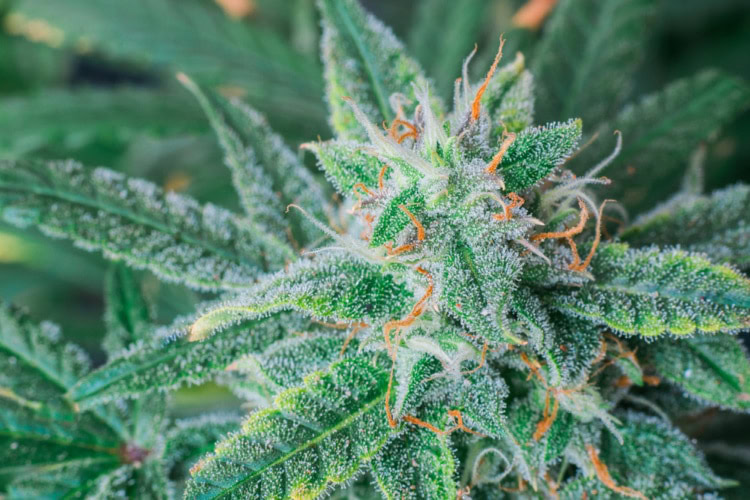Terpene Profile: Caryophyllene, A Spicy, Peppery Powerhouse
Terpenes—like myrcene, which we’ve examined previously—are much more than pretty smells and tastes. In addition to helping make each and every cannabis strain unique, terpenes impart some frankly astonishing medicinal qualities as well.
For instance, today’s terpene—caryophyllene—is associated with powerful effects including fighting pain and potentially helping us reduce a craving for alcohol. Intriguingly, it also acts somewhat like a cannabinoid (such as THC or CBD) in our bodies, spurring our Endocannabinoid System for dramatic anti-inflammatory benefits. We’ll share what we know about this fascinating terpene, and then tell you about some strains known for a high caryophyllene content.
Caryophyllene: What Does It Do for Us?
If you’ve ever detected a pleasantly peppery aroma or flavor in cannabis, there’s a good chance you’re picking up on its caryophyllene content. In addition to some cannabis strains, caryophyllene pops up in oregano, cloves and rosemary, among other plants.
Caryophyllene is one of the “primary terpenes,” meaning it’s fairly abundant in cannabis. While it shares analgesic (or pain-fighting) effects with such terpenes as humulene and pinene, caryophyllene does something very special: It interacts with our bodies’ CB2 receptors, just like a cannabinoid would. This gives it extra potential to fight inflammation, as suggested by some research, and potentially anxiety and depression as well, as indicated by some rodent-model studies.
Because inflammation is one of the body’s primary responses to injury, the ability to manage it is closely linked to reducing pain. But over and above that, caryophyllene may have roles to play in some unexpected arenas. For one thing, it appears that caryophyllene may help in reducing alcohol dependence. A study published in 2014 found that the terpene reduced test subjects’ alcohol intake.
That said, those test subjects weren’t humans, but rodents. “Mice aren’t men,” as the saying goes, but the study suggests a promising route in the treatment of alcohol dependance, an issue that typically plagues some 15 million Americans in any given year.
But there’s more. While we’re leery of claiming cannabis “cures” cancer—a claim not yet borne out by research, some terpenes—including caryophyllene—show promise. Separate studies in Canada and South Korea both demonstrated the terpene’s ability to assist in the destruction of cancer cells, at least in laboratory conditions. It will likely be years till such treatments are tested on human subjects, but again: We’re excited by the possibility of an effective weapon against one of the medical world’s toughest adversaries.
Caryophyllene: What Strains Have It?
It’s not difficult to find caryophyllene in cannabis; here are a few of our favorite strains packed with this powerful terpene:
Super Silver Haze is a famous and popular sativa strain, typically characterized by piney, citrusy and peppery aromas. It’s usually buzzy and energetic, and some find it causes distracting “racing mind” effects. But it’s beloved by many creatives for its energizing, inspiring qualities.
Purple Punch is a potent, sleepy strain. Some call it a great “dessert” for its heavy sedative qualities and its citrus-tinged flavors and aromas. It’s popular for fighting stress, bodily aches, and sleeplessness.
Original Glue is a potent high-THC strain. As the name suggests, it’s both sticky to the touch and it can “glue” you to the couch if you’re not careful! The peppery aroma should tell you off the bat that this is a high-caryophyllene strain, but before long it’ll be swept away by a strong euphoria and full-body relaxation.
Want to grab your own caryophyllene-rich strains? Stop by our Tacoma dispensary or order online now!
